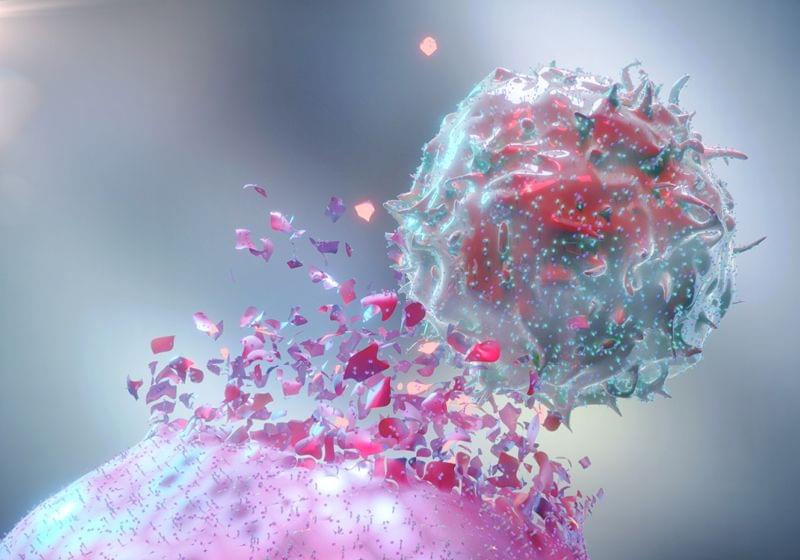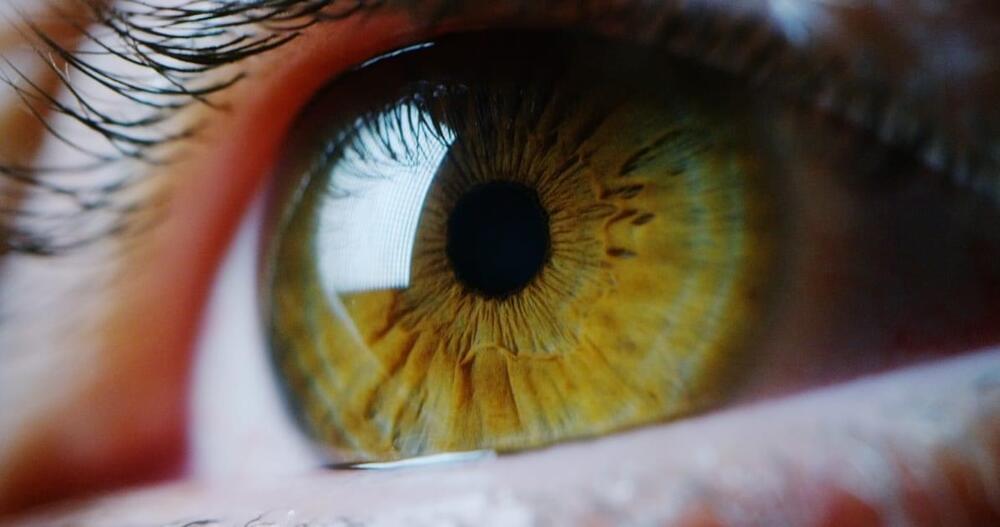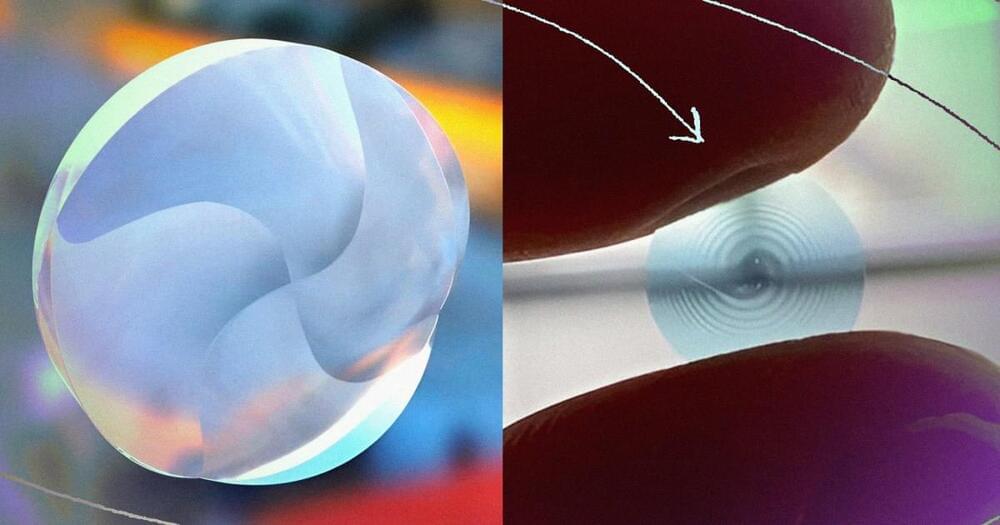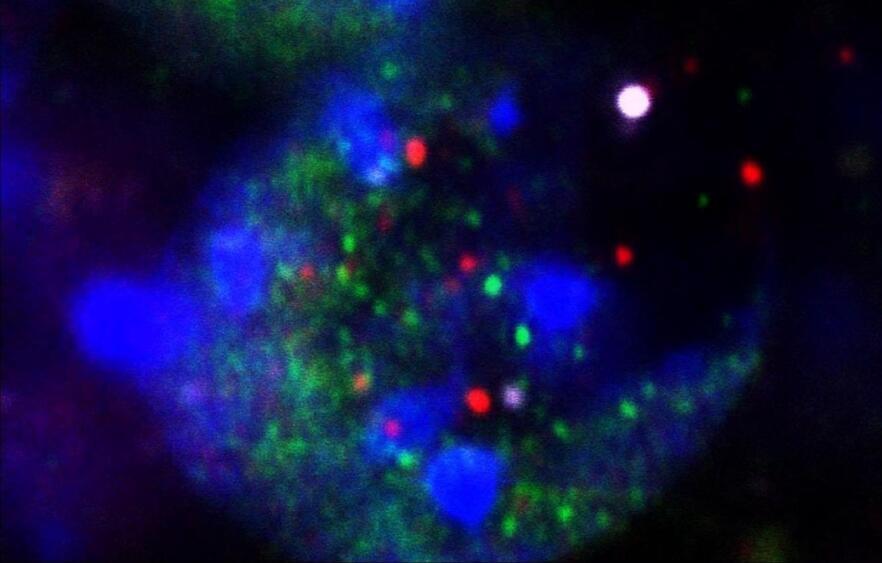Natural killer (NK) cells target infected and oncogenic cells, but are difficult to work with in vitro. Discover novel approaches to producing genetically modified NK cells for cell therapy.



Some teens with autism use a different set of eye-movement patterns than their peers without autism while recognizing faces, say researchers at Yale Child Study Center (YCSC).
In a new data analysis, YCSC researchers including James McPartland, PhD, and Jason Griffin, PhD, found teens with autism…
Eye movements are part of the process of telling people apart and could provide information to clinicians about how people with autism process social information differently from non-autistic persons.

Researchers at Trinity College Dublin have recovered remarkably preserved microbiomes from two teeth dating back 4,000 years, found in an Irish limestone cave. Genetic analyses of these microbiomes reveal major changes in the oral microenvironment from the Bronze Age to today. The teeth both belonged to the same male individual and also provided a snapshot of his oral health.

Two-dimensional transition metal carbides (MXene) possess attractive conductivity and abundant surface functional groups, providing immense potential in the field of electromagnetic wave (EMW) absorption. However, high conductivity and spontaneous aggregation of MXene suffer from limited EMW response. Inspired by dielectric–magnetic synergy effect, the strategy of decorating MXene with magnetic elements is expected to solve this challenge.

An AI-powered robot named Emo watches people’s facial expressions and tries to match them, in an effort to make robots more relatable.
By Alex Wilkins

Would you wear this? Researchers just revealed a “spiral diopter” contact lens that has multiple focus points, allowing the user to to see clearly at multiple distances. Here’s what volunteers said when they tried it:
New spiral-shaped multifocal lenses bend light in a way that corrects problems seeing up close and far away, even in poor lighting.

March 27, 2024—(BRONX, NY)— Just as you can’t make an omelet without breaking eggs, scientists at Albert Einstein College of Medicine have found that you can’t make long-term memories without DNA damage and brain inflammation. Their surprising findings were published online today in the journal Nature.
“Inflammation of brain neurons is usually considered to be a bad thing, since it can lead to neurological problems such as Alzheimer’s and Parkinson’s disease,” said study leader Jelena Radulovic, M.D., Ph.D., professor in the Dominick P. Purpura Department of Neuroscience, professor of psychiatry and behavioral sciences, and the Sylvia and Robert S. Olnick Chair in Neuroscience at Einstein. “But our findings suggest that inflammation in certain neurons in the brain’s hippocampal region is essential for making long-lasting memories.”
The hippocampus has long been known as the brain’s memory center. Dr. Radulovic and her colleagues found that a stimulus sets off a cycle of DNA damage and repair within certain hippocampal neurons that leads to stable memory assemblies—clusters of brain cells that represent our past experiences. Elizabeth Wood, a Ph.D. student, and Ana Cicvaric, a postdoc in the Radulovic lab, were the study’s first authors at Einstein.

Intestinal stem cells (ISCs) drive the rapid regeneration of the gut epithelium to maintain organismal homeostasis. Aging, however, significantly reduces intestinal regenerative capacity. While cellular senescence is a key feature of the aging process, little is known about the in vivo effects of senescent cells on intestinal fitness. Here, we identify the accumulation of senescent cells in the aging gut and, by harnessing senolytic CAR T cells to eliminate them, we uncover their detrimental impact on epithelial integrity and overall intestinal homeostasis in natural aging, injury and colitis. Ablation of intestinal senescent cells with senolytic CAR T cells in vivo or in vitro is sufficient to promote the regenerative potential of aged ISCs. This intervention improves epithelial integrity and mucosal immune function. Overall, these results highlight the ability of senolytic CAR T cells to rejuvenate the intestinal niche and demonstrate the potential of targeted cell therapies to promote tissue regeneration in aging organisms.
